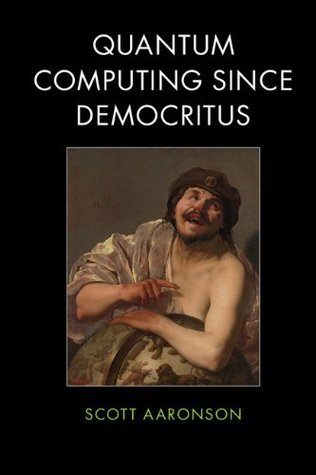More on this book
Community
Kindle Notes & Highlights
well ordered, which means that every subset has a minimum element.
All of the ordinal numbers I’ve listed have a special property, which is that they have at most countably many predecessors
the set of all ordinals with at most countably many predecessors?
The set of predecessors of α has the next possible cardinality, which is called 1.
the cardinality of sets of integers (or, equivalently, the cardinality of real numbers), which we denote .
Continuum Hypothesis.
Axiom of Choice. It says that, if you have a (possibly infinite) set of sets, then it's possible to form a new set by choosing one item from each set.
if you accept it, you also have to accept that there's a way to cut a solid sphere into a finite number of pieces, and then rearrange those pieces into another solid sphere a thousand times its size.
it asserts that certain sets exist, but without giving any rule for forming those sets.
The Axiom of Choice turns out to be equivalent to the statement that every set can be well ordered:
well-ordering implies the Axiom of Choice:
we'll use the Axiom of Choice to pick an element f(B) A - B
No, it can't.
does the sum of the lengths of the intervals have to be infinite?
Not only can the sum of the lengths of the intervals be finite, it can be arbitrarily close to zero! Simply enumerate the rational numbers, r0, r1, etc. Then put an interval of size ε/2i around ri for every i.
Continuum Hypothesis is false.
Then, there's some proper subset A [0, 1] that has cardinality 1.
we assumed that 1 is less than ,
assume both the Axiom of Choice and the Continuum Hypothesis.
“extracting semantics from syntax.”
computable
(1) runs forever if Q halts given its own code as input, or (2) halts if Q runs forever given its own code as input.
(1) runs forever if Q given its own code as input is proved to halt, or (2) halts if Q given its own code as input is proved to run forever.


